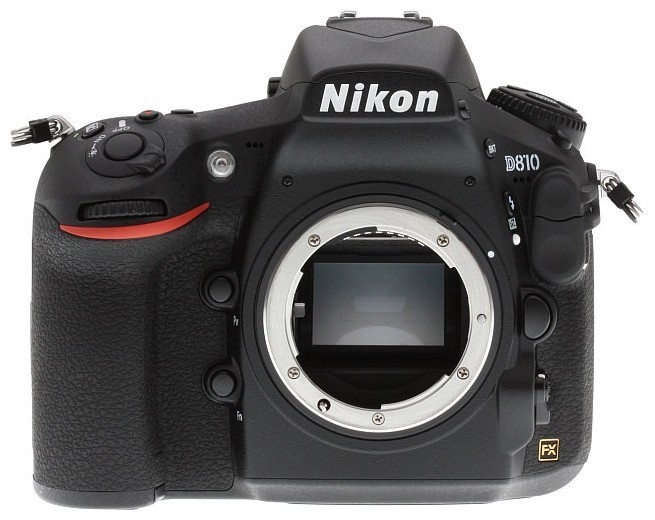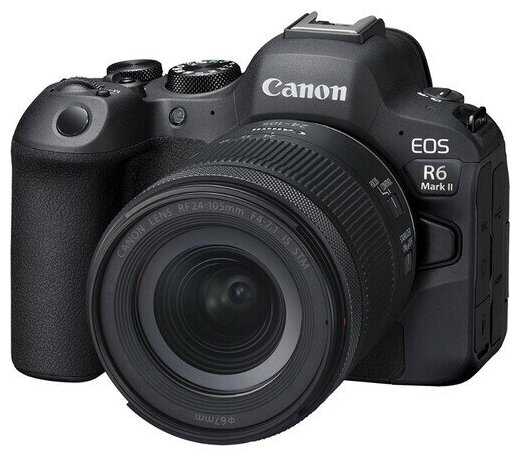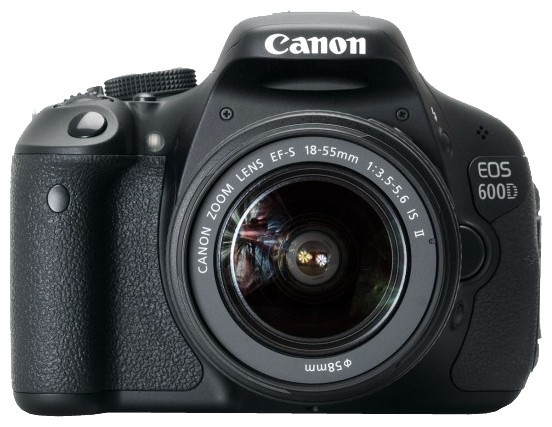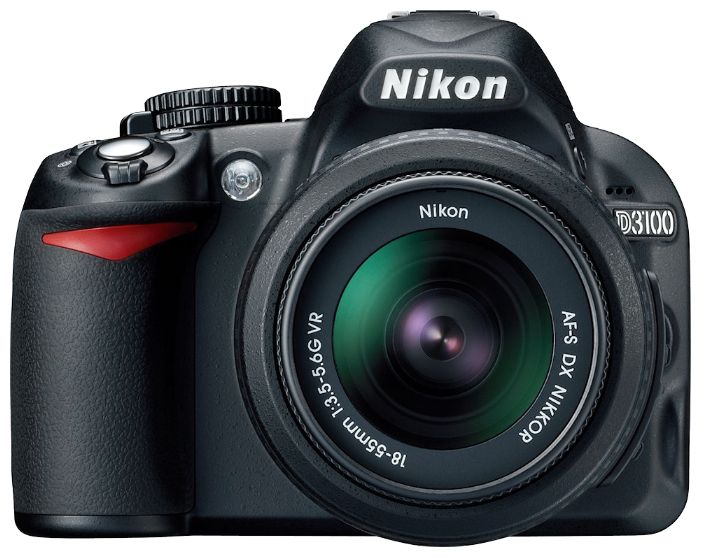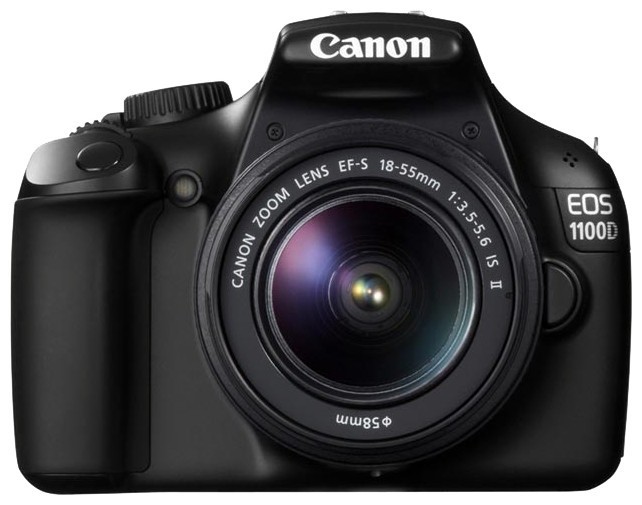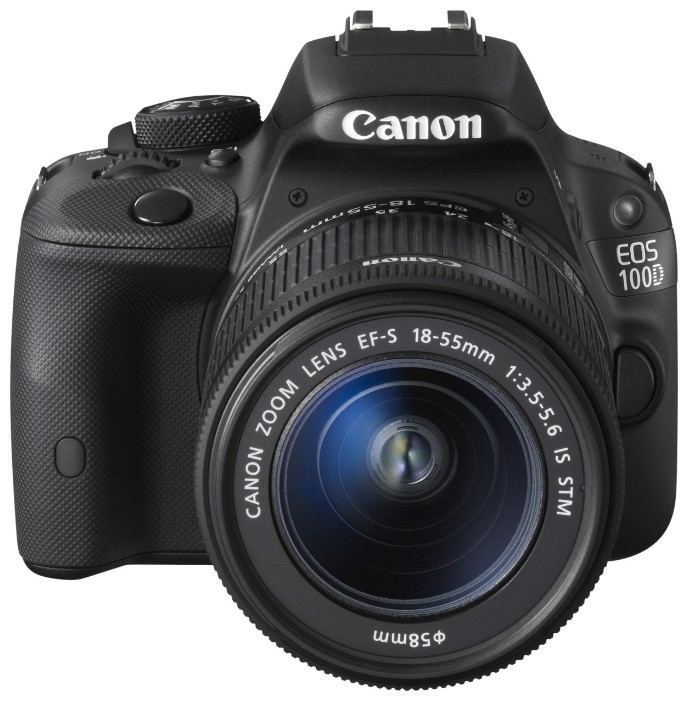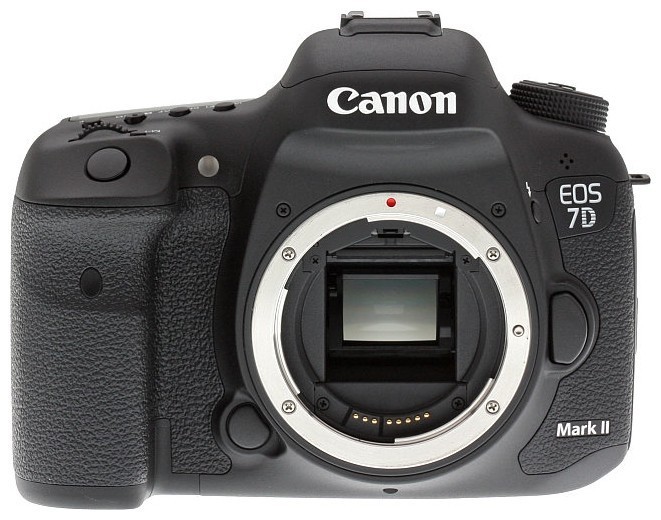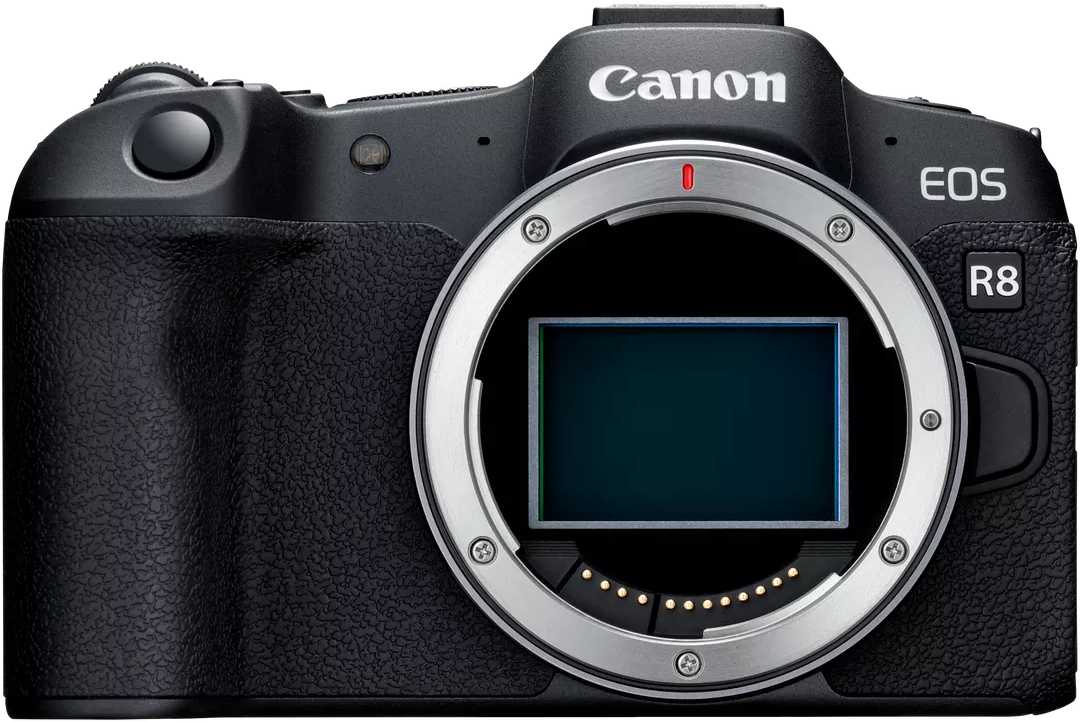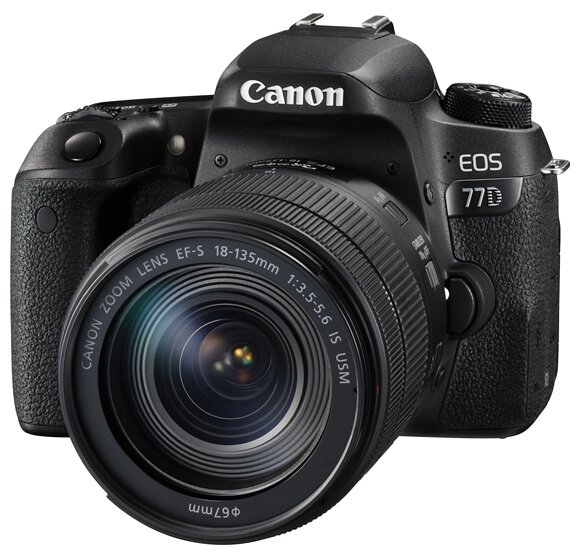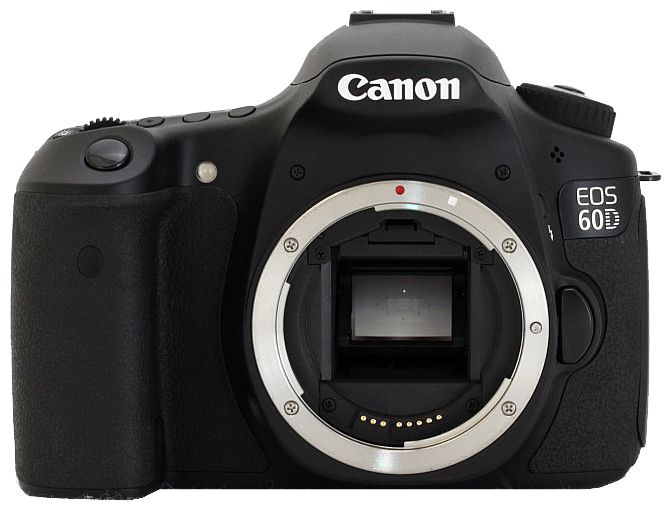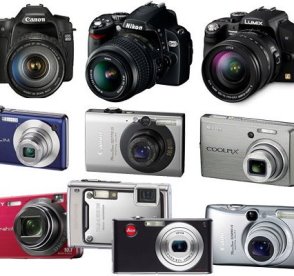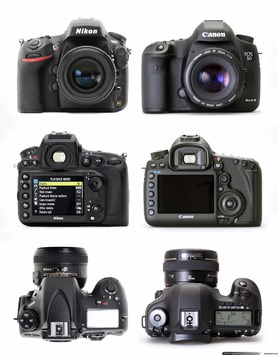Отзывы о Фотоаппарат Fujifilm Instax Mini 12
3936 отзывов пользователей o Fujifilm Instax Mini 12
Пользовались
Fujifilm Instax Mini 12?
Поделитесь своим опытом и помогите другим сделать правильный выбор
Before purchasing the Fuji, I read many online professional and user reviews (including the ones here) and downloaded and viewed hundreds of sample images at the pixel level. I read about the purple fringing and soft corners problematic with this camera, and I saw some of that in the samples. But in my research I also found a lot of good stuff that made the camera a very attractive d-SLR alternative. And so I hoped that the trade-off would be worth it. Namely better dynamic range, color accuracy and usable images taken at higher ISOs.
I'm so pleased to report that this camera delivers on all counts. Dynamic range is the best of all the CCD-sensor cameras currently marketed. And images taken at ISO 800 are cleaner, sharper and more color accurate than the images taken with my Canon SX10 at ISO 80 and 100. There really is no comparison. Fuji wins, hands down! When I auto-adjust a Fuji image in Adobe Photoshop CS3, oftentimes there's no change at all. Pictures are spot-on, straight from the camera.
Unexpected surprises were less barrel distortion at extreme wide angle and incredibly fine resolution. I can crop images to approximate the 560mm of optical zoom in the SX10 with no reduction at all in detail. In fact, the Fuji crops are clearer than the full frames from the SX10. This is due to a less aggressive approach to noise suppression and the way that Fuji has arranged the pixels on the sensor.
Focusing is both quick and accurate. Colors are pleasing in the film simulation modes as well as standard mode. Shutter lag is lower than average, even in low lighting and poor contrast conditions. The macro modes require some work to eke out the best from subjects, but when I get it right--wow!
Canon superzooms have spoiled me with their articulating LCDs. The LCD on the S100fs, while not as versatile as a 180-degree swiveling one, is very usable and makes easy work of ground, waist level and over-the-head shots. The LCD is easy to see even outdoors thanks to the brightness adjustment feature.
The only areas where the Fuji really lags behind are in its review mode and shooting and review menus. Canon and others have the edge here--reviewing images with the Fuji is clunky and slow, and deleting images requires three button presses followed by a rather long pause while the image is erased. It's a pretty primitive procedure compared to late-model cameras of other major brands, and Fuji could take some pointers in these regards.
Battery life is short at 250 shots per charge; I really prefer rechargeable AA power, which is nearly always longer-lived than proprietary batteries. It helps a lot, though, that the battery recharges very rapidly. I've picked up three extras to make sure I'm good to go for a full day in the field, so no worries!
For this photographer, at least, the last word is image quality. And where it matters most Fuji is the clear winner, strutting head and shoulders above its competition. Yes, there is occasional purple fringing, but it is only troublesome in the most extreme contrast scenes and at certain combinations of ISO, aperture and shutter speed. Happily, this kind of image is the exception and not the rule and can be dealt with pretty effectively in Adobe Camera Raw. And, anyway, to my eye, purple fringing is not quite as distracting as the royal blue, green, bright red and yellow fringing that plagues some of the SX10 images.
Fuji Finepix S100fs will be a hard act to follow. RAW imaging, excellent image quality and great performance make this camera a clear winner. It's easy to see why it earned the TIPA Gold Award for 2008!
This was one of two kits that I bought in the same purchase. I also bought a similar charger and two NP-60 batteries for another of my cameras (Aiptek 3D-HD), for which I am writing a similar review to this one. For any future purchases of chargers and Li-ion batteries for cameras, Wasabi will most likely be my first choice.
I don't give five-star ratings easily, but this product deserves it.
The battery life is also horrible. I take a few photos a day, for a couple days, and the batteries need changing. I always have to take spare batteries while going out with this camera.
If it's really sunny out, the photos are over-exposed. Often get red eyes, even with the red eye reduction.
It's OK outside if it's not too sunny or too dark.
It takes horrible indoor photos, it's ALWAYS grainy.
The pictures never look like the scene they're captured in, no matter what setting you choose. (I've had problems with all of them)
I cannot take clear photos of up close things like jewelry and things like that. The photos come out fuzzy and blurry most of the time.
Don't even think about cropping photos, they're even more grainy than normal photos.
I paid $100 for this and it's not even worth that! There's tons of cameras on eBay for that price WAY better than this one.
I DON'T RECOMMEND THIS CAMERA FOR ANYONE!
This is NOT a P&S camera -- if you want that, stay away from the S100FS and look at a Powershot. This camera handles more like a Nikon D60. All of the features packed inside the S100FS are too long to list here. Coupled that with a selling price in the low $400 range really makes it a bargain.
I cannot stress this enough -- read the owners manual carefully.
Following the quick start guide, I set the camera up. Once done, time to explore what this camera can do.
Started out taking pictures inside the house on Auto mode, which was very easy, but you will have purple fringing in high contrast areas of the frame, especially when there is lower light and the zoom set to wide angle. The fringing issue moderates when the flash is used, since the aperture is stopped down further. Switching to "A" aperture mode can eliminate many of the purple fringing issues, since you control the lens opening directly. That took about 40 pictures for me to completely understand this. Reading the owners manual carefully also helps.
That being said, I next experimented with the camera outside. At very wide angle zoom setting, the purple fringing issues appear, less apparent now that I shoot many pictures in "A" mode. Zooming out, the purple fringing is far less noticeable. Once you learn how to deal with it and compose the pictures better, not being tempted to use this camera as a point and shoot, your results are nothing short of spectacular.
Next, I shot some outdoor pictures in RAW format. RAW mode generates a 22.5 MB RAW file that is 5440 x 4080 in size when you use the Finepix Photo Viewer/RAF Converter program. Manipulation and conversion of a RAW image is painfully slow in this program, but the end result may be worth it, since the end JPEG file retains the 5440 x 4080 size and weighs in at just over 10 MB when saved in fine JPEG format. You have more detail in this file format than a regular JPEG saved in fine mode.
The lens used is very good and the image stabilization feature does work, better than other cameras I have used in the past. One hand held shot was my Comcast connection box some 45 feet away at full zoom. There was a yellow tag at the base of the box, which I could read the seal tag numbers in 100% crop mode. Curious, I tried that with the Canon -- not even a black line to show that numbers were even on the tag. Fuji has not diminished the quality there.
The purple fringing is the only real weak point I can see with the S100FS. I wished that Fuji, with all of their experience in making digital cameras and their history of film products, could have done something in the post shooting process firmware to lessen this effect like Panasonic P&S cameras. Be that as it may, working around this issue and some post shooting work in Photoshop with CA/PF plug-in's, all but the really bad purple fringing can be eliminated. Once you are past this point, the balance of the features, especially for the price, make this camera a real bargain as an upgrade to a near-DSLR in quality.
The Dual IS is pretty much useless after 8x times zoom which on a 15x is pretty usless really, the camera is not compact enough to put in my coat pocket but is certainly better than carrying a DSLR around.
To get the best results out of this camera you need to have some understanding of the manual controls as Auto mode is not good enough for most situations. The results when using high ISO are impressive and one of this cameras biggest plus points.
I can't comment on the HD video as a) i don't have an HD TV and b) its not the main reason for purchasing it. I can say though that it is an improvement over my old S6500fd.
This camera is really hard to give a single rating so i shall break it down into areas.
Features 5/5
Image Quality Auto 3, Manual 5/5
Image Noise 4/5
Ease of use 3/5 (purely because you need to use the manual settings to get the best results)
Video 4/5
Build Quality 4/5
Compactness 3/5
So my final conclusion is that this is a good camera, which is more of a side ways move than a upwards one over its predecessors. My old Fuji S6500FD takes far better photos than the S2000HD despite it only having 6MP. But i've searched long and hard to find a camera as good as my Fuji F810, and that search will continue. I'm keeping this camera as it meets my current needs. Fuji always make good cameras but the problem with this particular model is the competion have caught up and Fuji no longer dominate the superzoom/bridge compact market. If your considering this camera decide what features you need, mine was manual control but if you dont need this then look at alternatives. The Panasonic Lumix range is particularly good for point and shoot with a wideangle lens and HD video.
PLEASE NOTE
Since writing the above reveiw, i've played with camera a lot more and discovered that turning off the AF assist illumination and the Dual IS makes the camera far more responsive and reduces the delay in taking images . This helps raise the Auto image score to 4 (it also helps the manual settings to), although turning off the Dual IS becomes annoying as you can only zoom to about 4x before you get noticeable lens shake, Although using the flash will help in most situations, it can be again very annoying if you want to capture natural light.
Next, the Dynamic Range expansion feature on this camera really works. Some shots that would have been too contrasty at standard DR turned out extremely nice - almost never have a blown highlight and shadowy areas are lit enough to show detail that would be lost otherwise. Great feature!
Another feature of the S100fs is the film simulation mode. I do like the "Velvia" setting, but it cannot be used at the same time as DR expansion mode (the camera switches DR off when Velvia is selected). There is a way around this, however, by setting color to "high" and tone to "hard" in the main menu (this is what Velvia setting does to the camera anyway). By doing this, you get more vivid color and tone and still be able to shoot with expanded DR. Very glad I experimented with the available settings to discover this.
This camera has a lot of adjustment buttons and many choices in the menus. The menus are easy to use and the many features accessed there are pretty useful. Many DSLR-like controls here allow quite a bit of experimentation and adjustment, making this camera work better for the more experienced photographer, and allowing trial and error for the less experienced to get better at what they are able to capture. If you want to let the camera do most of the work, it will, and do it pretty well. I still recommend using the camera at least on P mode for best results.
Now for the bad news: Purple fringing and other chromatic abberation is there. To be honest, out of 950+ shots, I have only had a REAL problem with about 7 or 8, but it is there on very high contrast shots, especially at wide angle & a little less at full telephoto). Most of what I shoot will never really show this flaw, but once in a while, it will be there. ALWAYS use DR400% on shots like that and, in some cases, it may help lessen visible CA.
Now for the pros / cons list:
Pros: Image quality overall is very impressive - not quite DSLR quality, but most shots are very close, rivaling those of the cheaper DSLR's.
Visible noise is much lower than pretty much any point-and-shoot made today: larger image sensor, and the fact that a Fuji Super CCD is used, are predominantly the reasons here. Again, not quite as clean as a DSLR can produce, but not that far off.
Very convenient: 28mm wide angle & 14.3x zoom lens on the camera, no dust issues, no lens changing & packing around. There are some of us that just do not want those things no matter how good the photo is (I'm not doing this for a living, just want decent everyday shots and still be able to produce pretty professional looking photos once in a while - this camera allows me to do that).
There are other pros, but I've covered the main ones. Here are the con's:
Purple fringing is definately this camera's weak spot. Fuji could have done better in this department. The S100fs would be invincible (as a point & shoot anyway) if not for this. Like I said before, most of what I do is not affected by this, but it would be nice not to see it crop up EVER. If you do alot of outside picture taking (especially shooting through trees or at buildings in front of a bright sky or other bright & contrasty pictures) you might not be happy with the results unless you are good with PF removal software and have the time to use it.
Manual focus is pretty worthless on the S100fs. It is electronic rather than a true mechanical focus mechanism. It is unresponsive, as it does not really matter whether you turn the ring quickly or slowly - it just adjusts in slow increments either way. Since you can't quickly focus in & out, it's hard to tell if you're right on or just close (and close is not good enough). Not very useful. Fortunately, the auto focus works well nearly all of the time. Low light/contrast and moving subjects do pose some problem, but most point and shoot cameras suffer a little in this area.
Software included with the camera, particularly the RAW processing software, is not that great. DPreview sa
Unfortunately it didn't have any space left for holding my extra batteries and memory cards but I still think it is a good buy. I guess for the thinner camers like those recommended for it would leave room for extra stuff.
It offers great protection and it is neat and compact.
It looks like an expensive case rather than the cheap foam cases.
Oh, and shipping was faster than I expected.



